The Institute of Masters of Wine (IMW) has released the exam questions and blind wines for the Stage 1 and Stage 2 exams held in the second week of June.
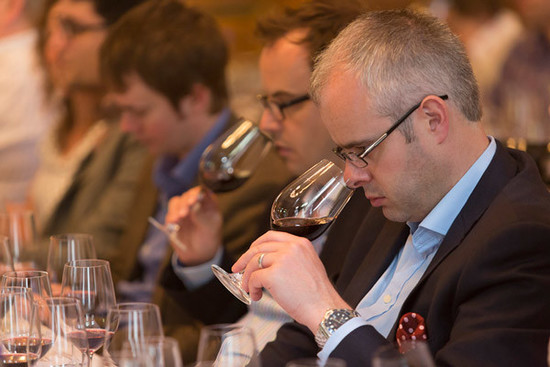
As a new MW, I had been assigned three mentees, who were sitting the Stage 1 this year. Given that many students are (understandably) worried about the tasting part of the exams, I thought it might be useful to share some tips by using the Stage 1 assessment wines of 2016. (This might be relevant to some of you because the IMW has now opened their doors to applicants for the 2017 study program. Prospective students will have until July 22nd to submit their applications.)
The first pair of wines in the tasting exam were sparkling, a Prosecco and a vintage Blanc de Blancs Champagne. Students were asked for the method of production, origin and the quality, a standard sparkling question. I would have used the aromas (fruity vs. citrusy and autolytic), acidity levels (higher in Champagne especially a Blanc de Blancs), alcohol (Prosecco is slightly lower, these differed by 1% abv), residual sugar (Prosecco is usually sweeter), mousse and quality to distinguish between the two. Even if the student did not identify Champagne or Prosecco, hopefully they were able to taste the contrasting characteristics of these sparkling wines.
The next flight was harder, it was an all white New Zealand flight of four wines that included a solid clue: wines three and four were made from the same variety and region. Both of them were Marlborough Sauvignon Blanc and what I would call ‘bankers’ because they had the zesty, musky, cassis Marlborough Sauvignon Blanc attributes with brisk acidity and 13% abv. This combination alongside the Pinot Gris in the flight, with 8 g/L of residual sugar, are what should lead to New Zealand instead of France (for example).
After what may have been a nerve-racking flight of whites, a potentially harder Italian red flight was put in front of students-but not without another gift in the form of a clue, a pair of wines were from the same origin and grape variety. One of them was a Chianti Classico Gran Selezione and I am not surpriesd, it demonstrates that students need to be up to date with new developments. The Pinot Noir from Alto Adige in this flight could have been a blessing or a curse because it could have misled to other countries such as France or even the USA (Oregon), which could be reasoned using the Primitivo in the flight as well. I learned that the combination of acidity and tannins (or sometimes lack of) takes one to Italy, and the two Sangiovese would have raised these flags, but recognizing them can be complicated by exam duress when the mind is playing tricks on you.
Finally, two Muscat wines required what I consider standard information for sweet and fortified wines, such as alcohol, residual sugar, acidity and method of production. I had a flight of three for my Paper 3, Stage 2 exam that asked for the residual sugar, alcohol and even botrytis influence. It is therefore necessary to have a database in your mind and on your palate for all fortified and sweet wines. In practice, a personal database of the telling markers of all wines is necessary going into the Stage 2 exam, which means preparation should have started yesterday!
Click here to see this year's exam questions and wines.
Translated by Sylvia Wu / 吴嘉溦
All rights reserved by Future plc. No part of this publication may be reproduced, distributed or transmitted in any form or by any means without the prior written permission of Decanter.
Only Official Media Partners (see About us) of DecanterChina.com may republish part of the content from the site without prior permission under strict Terms & Conditions. Contact china@decanter.com to learn about how to become an Official Media Partner of DecanterChina.com.

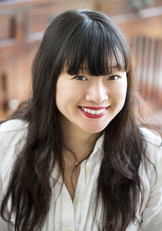
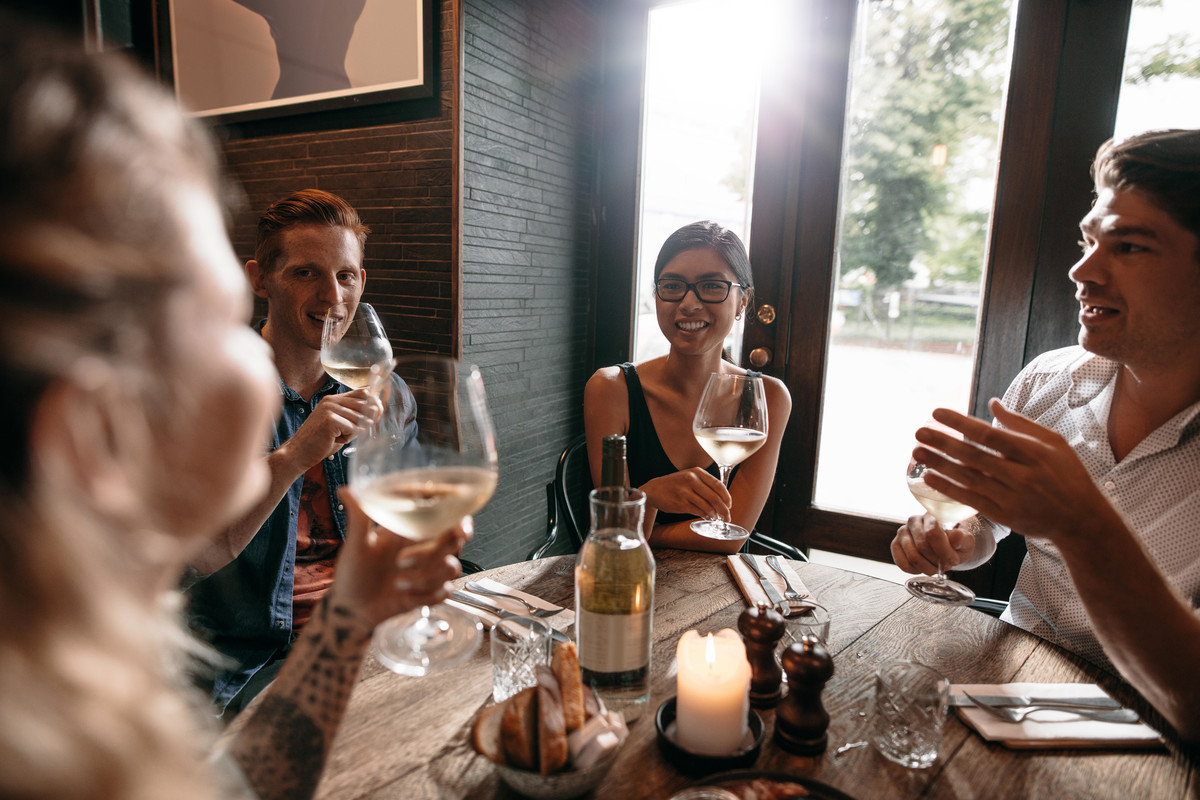
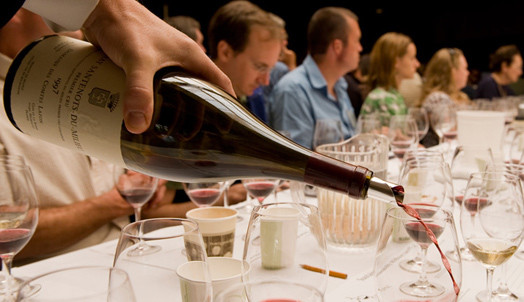
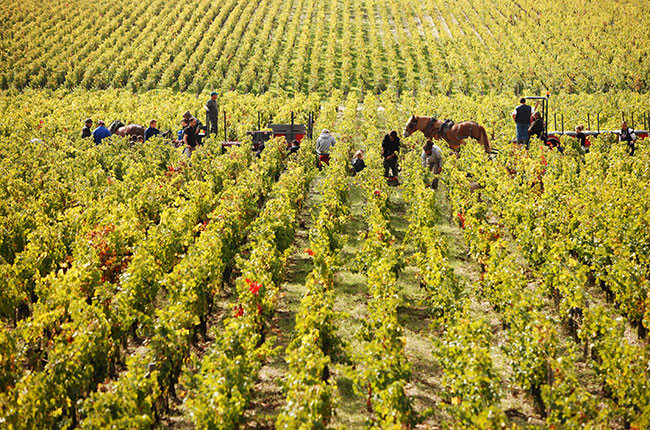

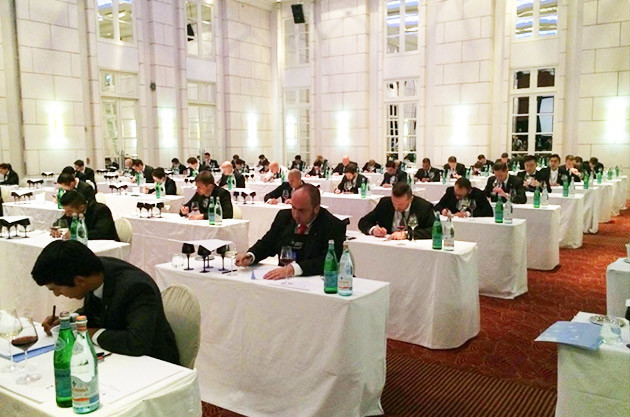
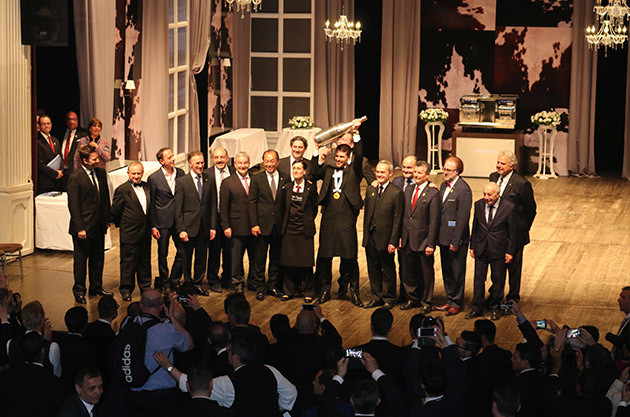
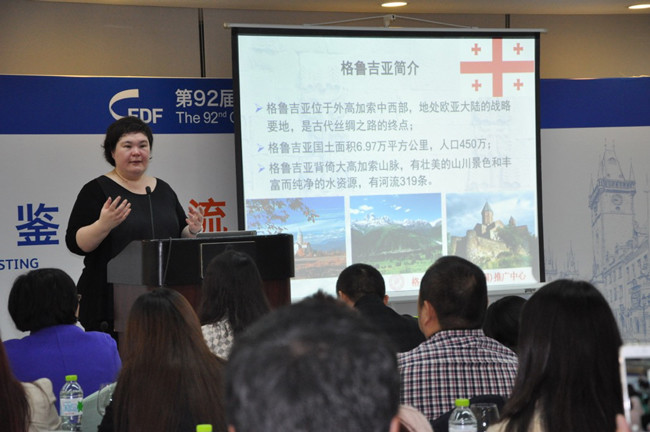
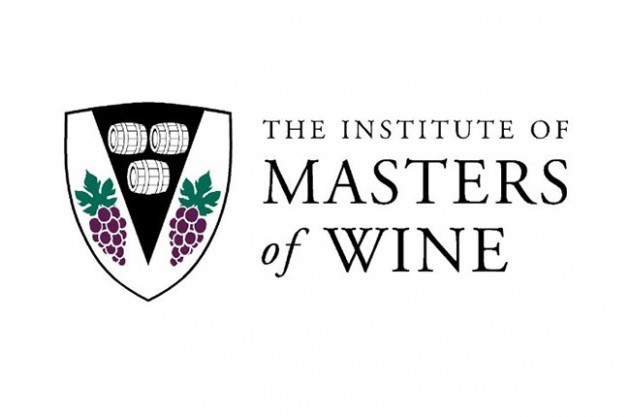
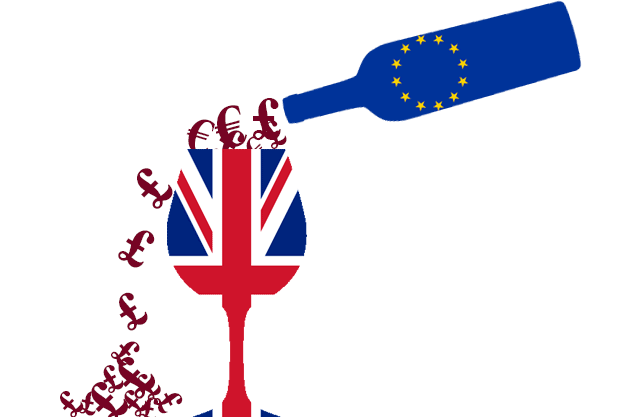
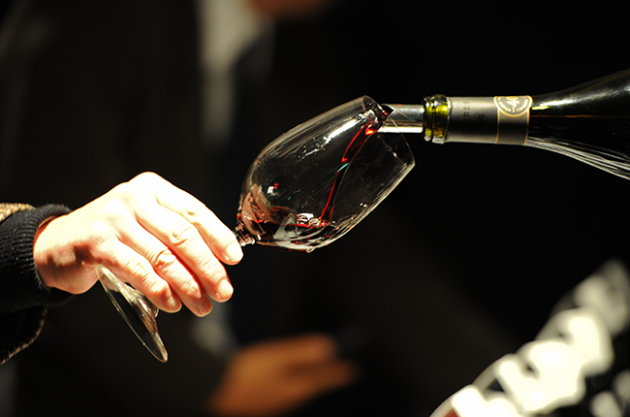
Comments
Submit